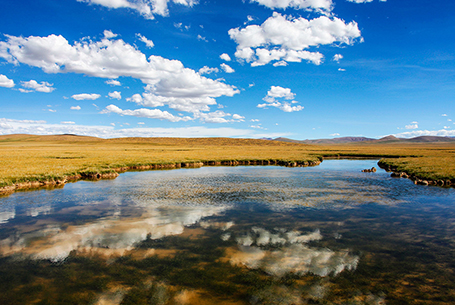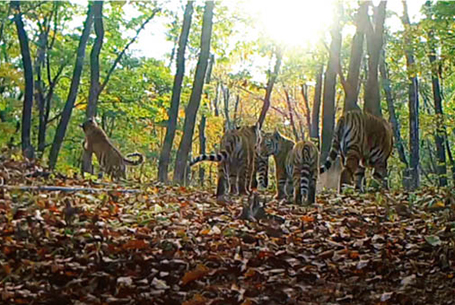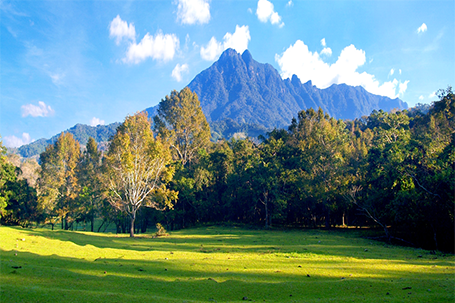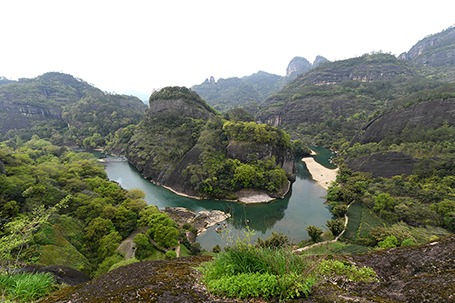


On Oct 12, 2021, China announced its first group of five national parks. Covering a total protected land area of 230,000 square kilometers, they boast nearly 30 percent of the key terrestrial wildlife species found in the country.
The five national parks protect China's most valuable bioresources and ecosystems. They either protect the source of major rivers, harbor precious animal and plant species, or maintain the world's largest subtropical primordial forest ecological system in one latitude zone. Let's click the links below to find out more details about each national park!

Three-River-Source National Park, Qinghai province
The Three-River-Source National Park, covering an area of 190,700 square kilometers, is located on the Qinghai-Tibet Plateau, which is known as the world's “third pole”.

Giant Panda National Park, Sichuan, Shaanxi and Gansu provinces
The Giant Panda National Park, covering 22,134 square kilometers, spans Sichuan, Shaanxi and Gansu provinces.

Northeast China Tiger and Leopard National Park, Heilongjiang and Jilin provinces
Bordering Russia and the Democratic People’s Republic of Korea, the Northeast China Tiger and Leopard National Park covers an area of 14,100 square kilometers. It is the major habitat of the country’s Siberian tigers and Amur leopards and is a model for cross-border wildlife conservation.

Hainan Tropical Rainforest National Park, Hainan province
One of 34 global biodiversity hotspots, the 4,269 square kilometer Hainan Tropical Rainforest National Park in Hainan province is home to China's largest rainforest and the Hainan gibbon — a critically endangered species on the Red List of the International Union for Conservation of Nature.

Wuyi Mountain National Park, Fujian province
Wuyi Mountain National Park experimental area is the only park in China listed as a UNESCO cultural and natural heritage site.